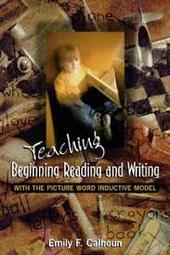 What is Picture Word Inductive Model? The Picture Word Inductive Model (PWIM) created by Emily Calhoun is an excellent model of teaching for developing understandings about language and analyzing how it works inductively. The teacher selects a picture that is relevant to the unit of inquiry from which to develop a visual dictionary (relevant word list). These words are then used for word study and small groups about letter sounds, word structure and classification. Words can be sorted by beginning, middle and ending sounds. Students can also use the words to classify them by nouns, verbs, and adjectives. They can practice ordering a phrase and then co-construct sentences as a station during the Daily 5 CAFE. Finally, a class story can be drafted, edited and published to model the writing process. What are its benefits? Throughout my career as a homeroom teacher with language learners, I have relied heavily on the Picture Word Inductive Model (PWIM) of teaching beginning reading and writing to my grade 1 and 2 students both in Mexico and in Iraq (Calhoun, 1999). As an inductive approach, students inquire into the way language works from concrete, relevant examples rather than beginning with an abstract word list taken out of context. It uses visual scaffolding for comprehensible input (Echeviarría, Vogt & Short, 2017). The more I explored using this approach, the more I appreciated it as a tool for both modeling writing and joint construction in pairs or as a whole class. Students can explore the concepts of sound, structure and classification through inductive word study. They can explore sentence structure using the words from their visual dictionary. They can use their creativity to write a story about the picture. My students enthusiastically engaged in word study with each other. I observed them using the vocabulary we learned through the picture of study and their writing abilities improved as the year progressed since we did so much together. They had multiple opportunities to be exposed to the narrative writing process through joint construction before I asked them to try on their own. 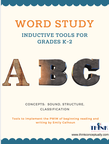 How does it work? Below is an excerpt from the book to help you get started. I have found my own way to implement this model of teaching and explored ways to expand on the premise of PWIM. I have created a variety of tools to use with this approach during centers. These word sort boards are available here: Click here for word sort boards.
Calhoun, E. (1999). Teaching beginning reading and writing with the picture word inductive model. Alexandria, VA: ASCD.
Echevarría, J., Vogt, M. and Short, D. (2017). Making content comprehensible for English language learners: the SIOP method, 5th ed. Boston, MA: Pearson.
0 Comments
Following that session, we continued to make connections between our professional learning communities (PLC's) and CBCI to develop further our understandings about the value of CBCI. I provided each PLC with a T-Chart to compare CBCI with their inquiry topic. While some were investigating Understanding by Design, others were looking into methods of inquiry, multilingualism, strategies for ELL to use in inquiry or visible thinking tools. As a staff, we were able to make many connections between CBCI and our PLC's. Finally, I shared some of my own learning journey as I had moved from project-based learning to concept-based inquiry. I shared some of my personal questions, frustrations and ideas I had found to both deepen and capture conceptual understandings. My goal was to show them the complexity and validity of the journey I had pursued by making it tangible. I shared my struggles, my fears and victories, and my passion for growing and deepening my own understanding about CBCI in the classroom. We resumed the CBCI course content with a different vibe in the room. There was more interest, more questioning and buy in. Teachers actively engaged in discussions to plan their units of inquiry using the framework of CBCI. At the conclusion of the training, I saw some true shifts in understandings. The most important lesson I learned from my reflection is that learning must be relevant for all - both students and teachers. They must know why. It is the beginning of a new academic calendar year which fills us all with anticipation about the teaching and learning that will be taking place, the relationships we will build and the challenges we will face and conquer. As an inquiry school, facilitating the IB Primary Years Programme, we are currently asking ourselves the question, ‘how can we grow as an inquiry school?’ As a staff, we have begun to reflect on our beliefs about inquiry as well as our current understandings. We are considering our process throughout each stage of the inquiry cycle developed by Kath Murdoch. Our staff are acknowledging what we do well and looking at the areas that we want to improve. As lifelong learners, this should be an annual process and lead us to continuous process improvement at MEF IS. To better facilitate this reflective process, we are participating in a staff inquiry into Turkey. As the PYP Coordinator, I posed the question, ‘what do you wonder about Turkey?’ This question has lead us into a free inquiry about Turkey to delve into any area of interest, be it historical, cultural, geographical, current events, fashion, economics, cuisine or entertainment. This approach allows for freedom of choice which makes the learning relevant to each teacher individually as all will be inquiring into their own questions about Turkey. As we find ways to answer our questions, we hope to rediscover the process of learning something new through the lens of the learner. If we become aware of the many ways we can inquire into answering our own questions generated through personal curiosity, then we can apply this in the classroom to improve inquiry at MEF IS. You may be curious and wondering what I mean exactly. I would encourage you to ponder the same question we are considering. What do you wonder about Turkey? Identify your personal curiosity and begin to follow the stages of the inquiry cycle to not only answer your question but deepen your understandings about Turkey and act. Action can be a shift in pre-conceived ideas or it can be to share what you learned with others. Action takes many forms but it always brings change. Pay attention to process you follow to investigate.
What are the ways you inquire? Get to know yourself as a learner again. As educators, we watch our students to observe the ways they learn. This helps us to tailor our learning engagements to meet their needs throughout the entire inquiry process. How can we improve the teaching and learning cycle so that students find learning relevant and meaningful? I believe relevance is so key. It is like selling the why. Why are we learning this - how does it connect to reality and in what way will it help me later in life? Recommended further reading |
AuthorAs an international educator, I work with colleagues in my local and global network regularly to implement inquiry through concept-based approaches to learning and teaching. It is a journey of discovery, learning and growing our own understandings about the ways children learn. Categories
All
Archives
March 2020
This website uses marketing and tracking technologies. Opting out of this will opt you out of all cookies, except for those needed to run the website. Note that some products may not work as well without tracking cookies. Opt Out of Cookies |

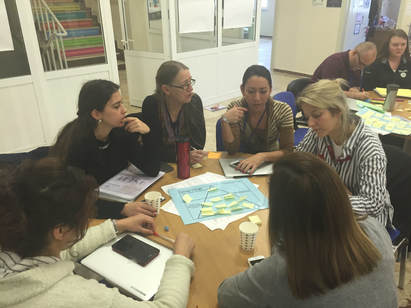
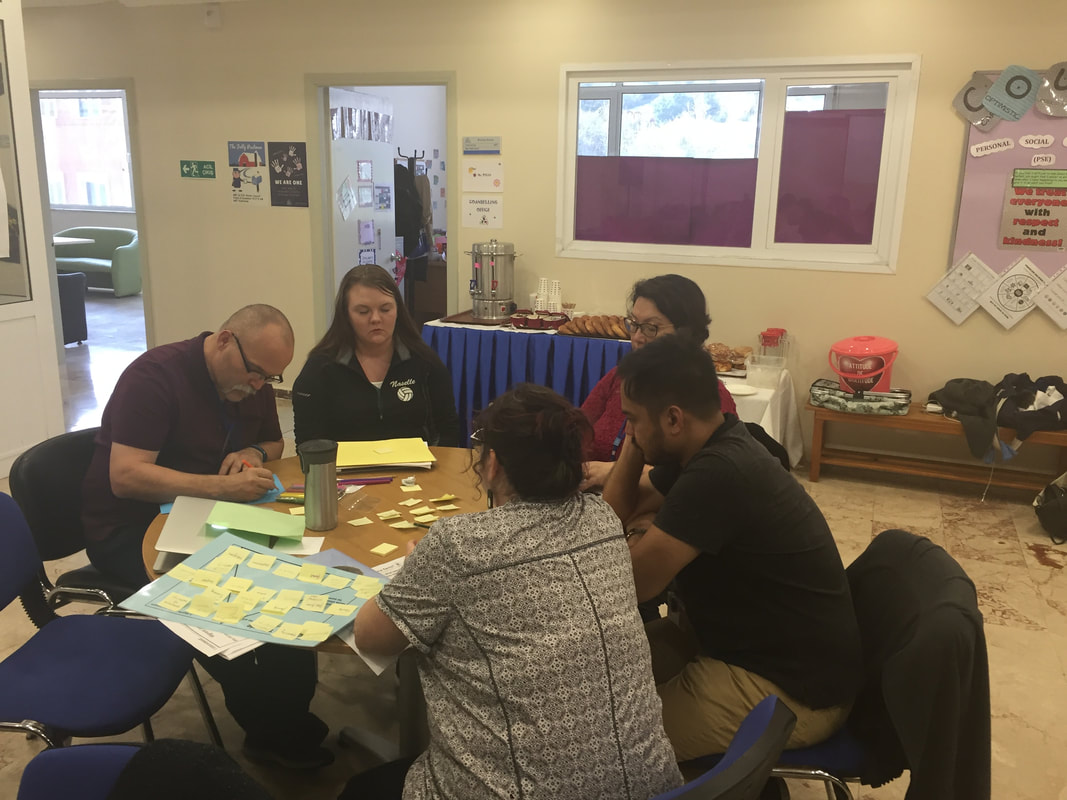
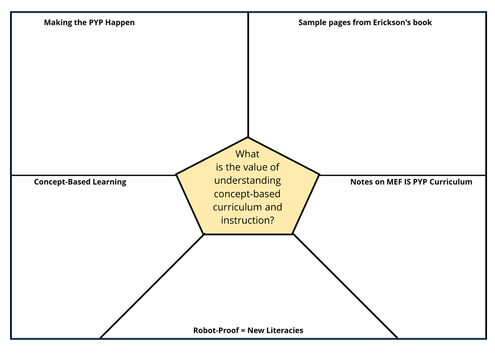
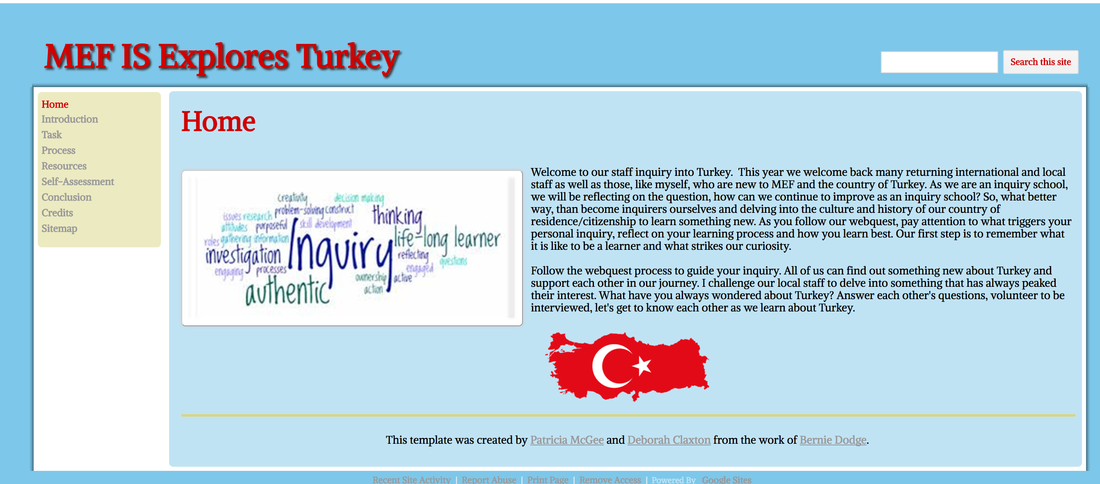
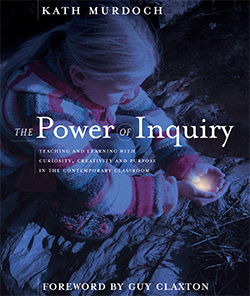
 RSS Feed
RSS Feed
